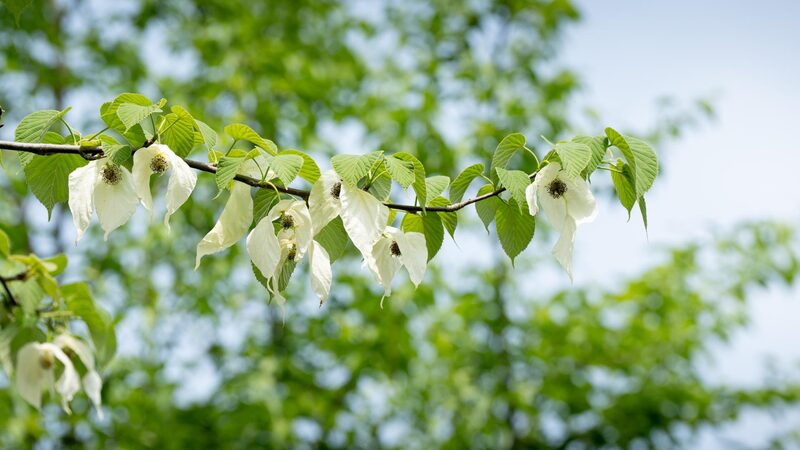In late spring, the mist-shrouded valleys of southwest China’s Guizhou Province burst into life as the rare dove trees of Fanjing Mountain unfurl their blossoms. Known scientifically as Davidia involucrata, the “dove tree” dazzles visitors with its snow-white bracts that flutter like thousands of doves taking flight.
This tree is more than just a visual spectacle; it’s a national first-class protected species in China, often called a “living fossil of the plant kingdom” and affectionately dubbed the “green giant panda” due to its ancient origins and rarity. Thriving in the humid, high-altitude environment of Fanjing Mountain National Nature Reserve, the dove tree has found the perfect sanctuary in the mountain’s unique microclimate.
Thanks to dedicated conservation efforts, the dove tree population is growing. Enhanced ecological protection and targeted cultivation have expanded its presence significantly. Researchers have identified 11 distinct habitats within the reserve, with the largest cluster stretching over 200 mu (about 13 hectares) in the Xiaoheiwan River valley. This growth is a testament to successful conservation strategies and the region’s commitment to preserving this endangered species.
Fanjing Mountain isn’t just a haven for biodiversity; it’s also a thriving destination for eco-tourism. Each spring, the ethereal blossoms of the dove trees stand in vivid contrast against the lush green peaks, offering visitors an unforgettable glimpse of nature’s resilience. The mountain exemplifies how conservation and sustainable tourism can coexist, highlighting a global model where human stewardship and wild beauty flourish together.
Reference(s):
cgtn.com








